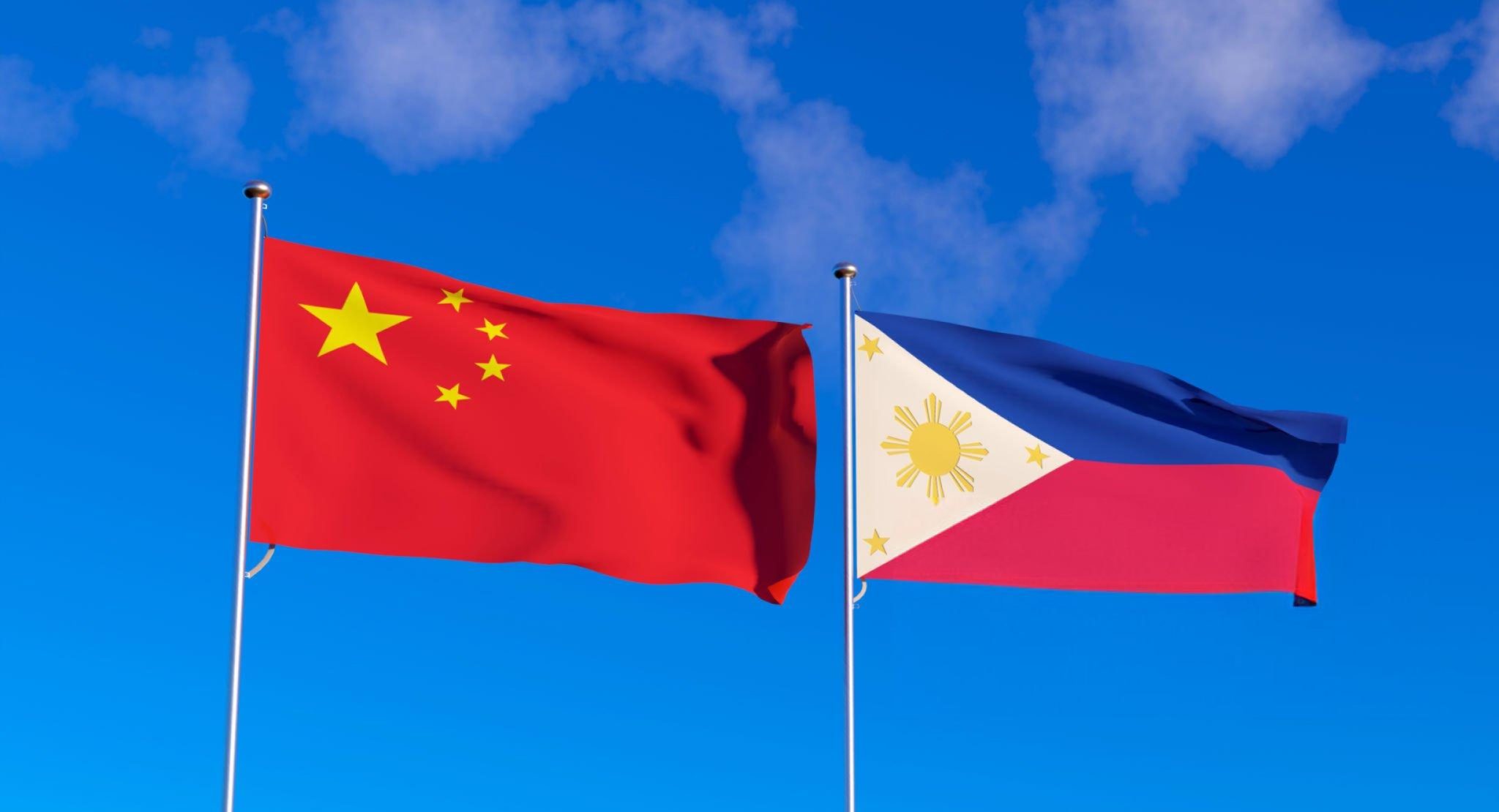The Philippine Coast Guard reported on Saturday that Chinese coast guard ships and a Chinese navy helicopter harassed a group of Philippine fisheries vessels conducting a scientific survey in the disputed waters of the South China Sea. The harassment, which took place near Sandy Cay, prompted the Philippine vessels to cancel the operation.
Sandy Cay is a small, uninhabited sandbar located between an artificial island base built by Chinese forces and a Philippine-occupied island in the Spratlys archipelago. The Philippine Coast Guard detailed that Chinese coast guard ships approached two larger Philippine vessels, which manoeuvred to avoid a collision, while a Chinese navy helicopter flew dangerously low over two smaller Philippine vessels deployed for the survey.
Videos released by the Philippine Coast Guard capture these tense moments, showing a Chinese coast guard ship coming extremely close to a Philippine vessel, and a Chinese military helicopter hovering just above the waves near a vessel flying the Philippine flag. These aggressive actions have raised fresh concerns over the escalating tensions in the South China Sea, a critical area for global trade and security.
China has long asserted its sovereignty over almost the entire South China Sea, drawing a controversial “nine-dash line” on maps to demarcate its territorial claims. The exact coordinates of these claims have never been fully clarified, but Beijing has repeatedly accused rival claimant states, including the Philippines, of encroaching on its territory.
There has been no immediate comment from Chinese authorities regarding the incident. However, this latest flare-up adds to a long history of territorial disputes in the region, particularly in the Spratlys, where China and the Philippines, among other countries, have competing territorial claims.
This incident also comes at a time when the United States has been increasingly vocal about China’s assertive actions in the South China Sea. During a recent telephone call between U.S. Secretary of State Marco Rubio and Philippine Foreign Secretary Enrique Manalo, Rubio condemned China’s “dangerous and destabilising actions” in the disputed waters. He reiterated the United States’ commitment to the Philippines under the Mutual Defense Treaty, asserting that the U.S. is obligated to assist the Philippines if Filipino forces or vessels come under attack in the region.
This development marks a significant point in the ongoing struggle for control of the South China Sea, which is not only strategically important but also rich in natural resources such as oil and gas. For years, the Philippines and China have been at odds over sovereignty claims, especially concerning islands, reefs, and sandbars in the Spratlys. These areas are crucial to both countries for their military and economic value, and the escalating tensions have raised concerns about potential confrontations in the region.
In 2017, China accused the Philippine military of secretly planning to occupy and build structures on one of the sandbars near Thitu Island, which is Philippine-occupied. This prompted a strong Chinese response, with naval and coast guard ships surrounding the sandbars. A diplomatic resolution was reached, with both sides agreeing not to set foot on the sandbars. However, Chinese ships have continuously patrolled the area since then, intensifying the sense of a simmering conflict.
In addition to the incident near Sandy Cay, the Philippine Coast Guard has also reported increasing Chinese coast guard activity near the Scarborough Shoal, another disputed area located within the Philippines’ exclusive economic zone. Despite repeated orders from the Philippine Coast Guard to stay away, Chinese vessels have continued to approach within 60 nautical miles of the Philippine coast. The Philippines maintains that this area falls under its sovereign rights, while China insists that it is within its territorial waters.
As tensions continue to rise, the international community is watching closely, especially with the United States reiterating its commitment to defend the Philippines in accordance with their long-standing alliance. However, China has warned the U.S. to stay out of what it considers a regional dispute, raising the stakes in an already volatile situation.
The Philippines has yet to comment further on the latest incident, but it underscores the ongoing challenges the country faces in asserting its sovereignty in the South China Sea, where territorial disputes continue to provoke not only diplomatic tensions but also military confrontations.






